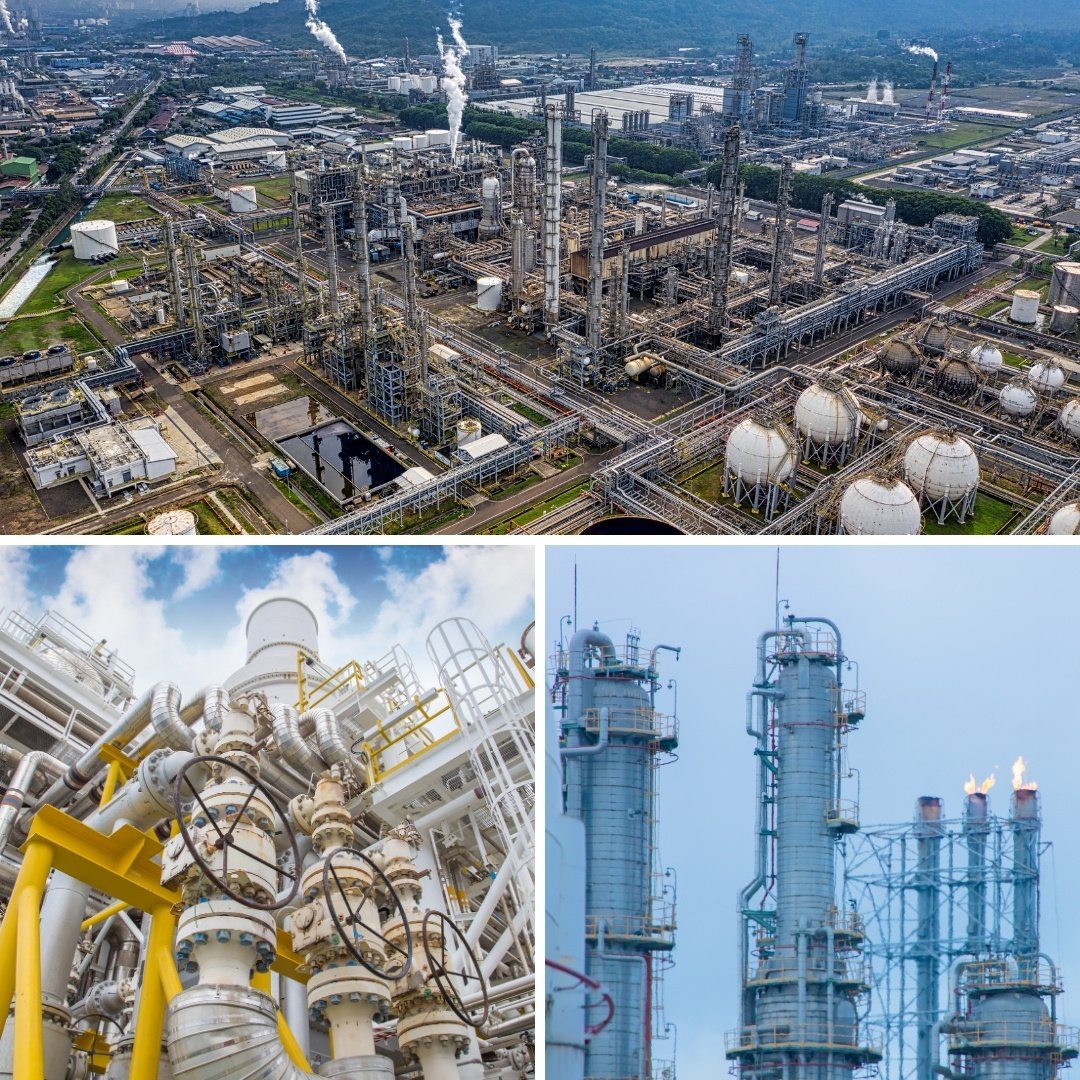Introduction
In the complex world of process safety, ensuring that facilities operate without incident requires a robust safety management system. The stakes are high in industries where a single failure can lead to catastrophic consequences, making effective process safety management essential. Relief systems and flare studies serve as critical safeguards, helping facilities prevent hazardous events and maintain safe operations. At the heart of this system are relief systems and flare studies, two essential components that help prevent catastrophic failures in petrochemical, oil and gas, chemical, pharmaceuticals, power generation, and renewable energy industries.
Read More
Topics:
Relief Systems,
Process Safety Management,
Flare Study,
Flare Studies,
Flare System,
Relief System Design,
Process Safety
The Opportunity:
A major United States refinery, with a significantly high Nelson Complexity Index rating, had nine flare stacks and multiple engineering contractors working within the facility which made managing their flare design and documentation a challenge.
Read More
Topics:
Flare Study,
Flare System Documentation,
Case Study,
Flare System,
Refinery,
Flare Header,
Flare Management,
Evergreening
The Opportunity:
A major United States refinery was in the process of installing a site-wide rate increase and hired a competing engineering firm to perform the feasibility study. The engineering firm sized their crude fractionator and recommended new relief devices that would require modifications to their existing flare header. The refinery’s corporate office called Smith & Burgess and asked us to perform a third-party review on the engineering firm’s recommendations.
Read More
Topics:
Flare Study,
Case Study,
Flare System,
Refinery,
Engineering Review,
Flare Header,
Third Party Review
The Opportunity:
An offshore floating production facility was originally designed with two flares: one on a boom riser and the other remotely located. Due to the design, the remotely located flare required large amounts of gas to operate. The site was interested in reducing operational costs and emissions by consolidating the two flares into the flare on the boom riser, eliminating the remotely located flare. However, there were concerns with the feasibility of such a flare consolidation, the effects of thermal radiation, and the possibility that system changes would increase the backpressures on the relief devices. Smith & Burgess was hired to review this system.
Read More
Topics:
Flare Mitigation,
Flare Analysis,
Flare Study,
Case Study,
Flare System,
Refinery,
Engineering Review,
Flare Header,
Flare Management,
Flare Optimization
The Opportunity:
A major United States refinery was in the process of purchasing a new flare system and needed assistance reviewing the bid package from the vendors. The refinery decided that the system was needed based on the outcome of a facility-wide flare study and flare QRA. The new flare system was specified by an EPC and then bid by a major flare vendor. This refinery heard of Smith & Burgess’ flare design expertise and decided to hire us in order to review their vendor’s design package.
Read More
Topics:
Flare Study,
Detailed Engineering,
Case Study,
Flare System,
Refinery,
Engineering Review
The Opportunity:
In order to meet the minimum corporate and regulatory requirements, a major United States refinery was implementing a Flare Gas Recovery Unit (FGRU) and needed assistance to ensure that the proposed equipment was suitable for their location. The EPC company selected for the project was skilled at refinery greenfield and upgrade projects, but had limited experience with complex flare systems. Smith & Burgess was hired to provide owners with an engineering review of the detailed engineering package prior to final acceptance and construction.
Read More
Topics:
Flare Analysis,
Flare Study,
Flare Gas Recovery,
Case Study,
Flare System,
Refinery,
Engineering Review,
Flare Management,
Engineering Standards,
FGRU
The Opportunity:
After a routine preventative maintenance inspection, a refinery found that a major flare header was in need of replacement. This header connected two large sections of the refinery, and the management feared that a majority of the facility would need to be shut down to safely replace the header. The site hired Smith & Burgess to perform a Flare Header QRA to determine the minimum amount of necessary shutdowns in order to safely perform the line replacement. The Flare Quantitative Risk Assessment used load probabilities to determine the likelihood of various events, should a power failure occur.
Read More
Topics:
Flare Mitigation,
Flare Analysis,
Flare Study,
Case Study,
Flare System,
Refinery,
Engineering Review,
Flare Header,
Flare Management,
Flare Optimization,
Engineering Standards,
Quantitative Risk Assessment,
QRA,
Rate Increase
The Opportunity:
A major United States refinery worked with an EPC on the site’s action items where they recommended a new flare worth approximately $30 Million. The refinery wanted a third-party review on the EPC’s recommendation and hired Smith & Burgess to verify their results.
Read More
Topics:
Action Item Resolution,
Flare Study,
Heat and Material Balance,
Case Study,
Flare System,
Refinery,
Flare Load Optimization,
Flare Revalidation,
Third Party Review,
Flare Optimization,
Overly Conservative Assumptions
The Opportunity:
After reading about flare header failures due to high velocities, an owner of a production platform in the Middle East wanted to ensure that the initial inerting/purging of the platform and pipeline would not result in flare header piping failure. Smith & Burgess was hired to review the flare systems for safe operation under the high flow rates associated with the initial facility start-up.
Read More
Topics:
Flare Mitigation,
Flare Analysis,
Flare Study,
Detailed Engineering,
Case Study,
Flare System,
Engineering Review,
Flare Management,
Flare Optimization,
Engineering Analysis,
Rate Increase,
API 521
The Opportunity:
A major United States refinery was recommended by an EPC to install a new flare worth approximately $60 Million. Unsatisfied with the EPC's recommendations, the refinery asked Smith & Burgess to perform a third-party review to verify their results.
Read More
Topics:
Flare Mitigation,
Flare Analysis,
Flare Study,
Case Study,
Flare System,
Refinery,
Engineering Review,
Flare Management,
Flare Revalidation,
Third Party Review,
Flare Optimization,
Overly Conservative Assumptions,
Engineering Analysis


